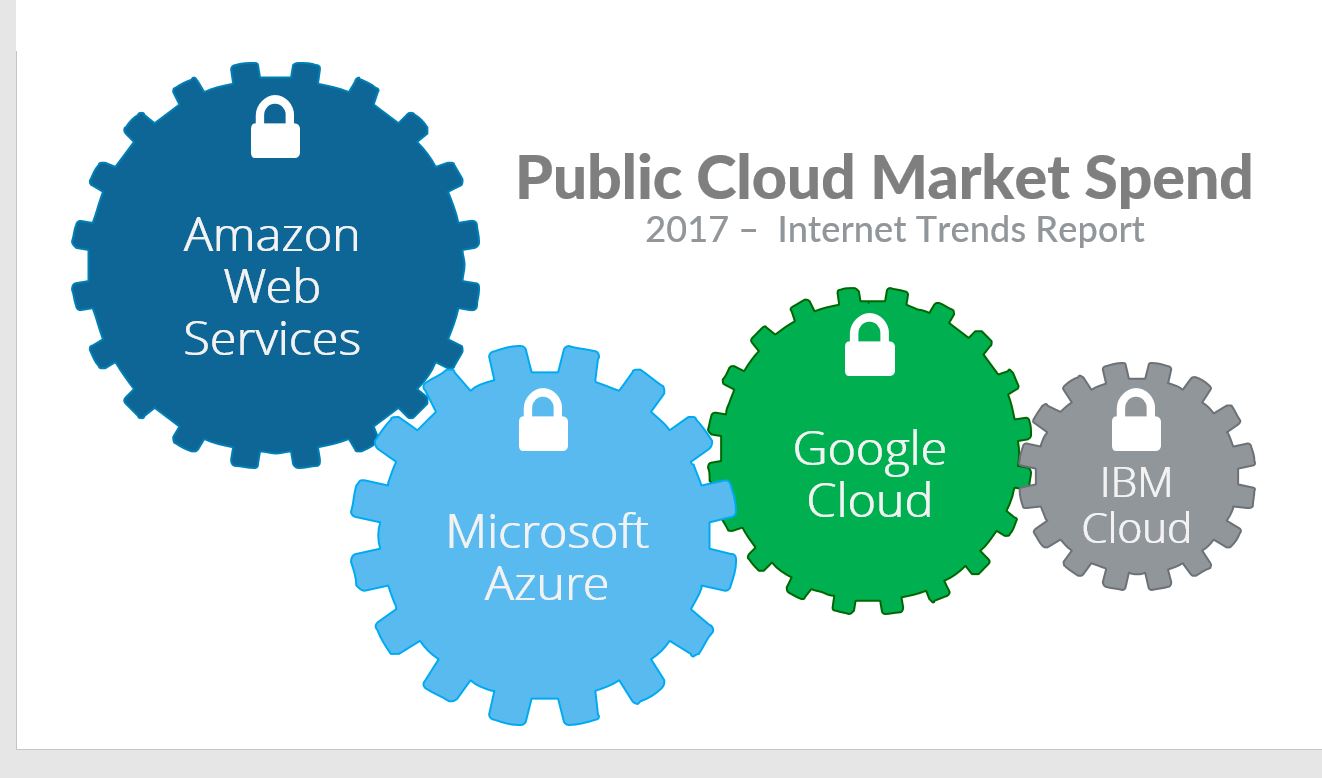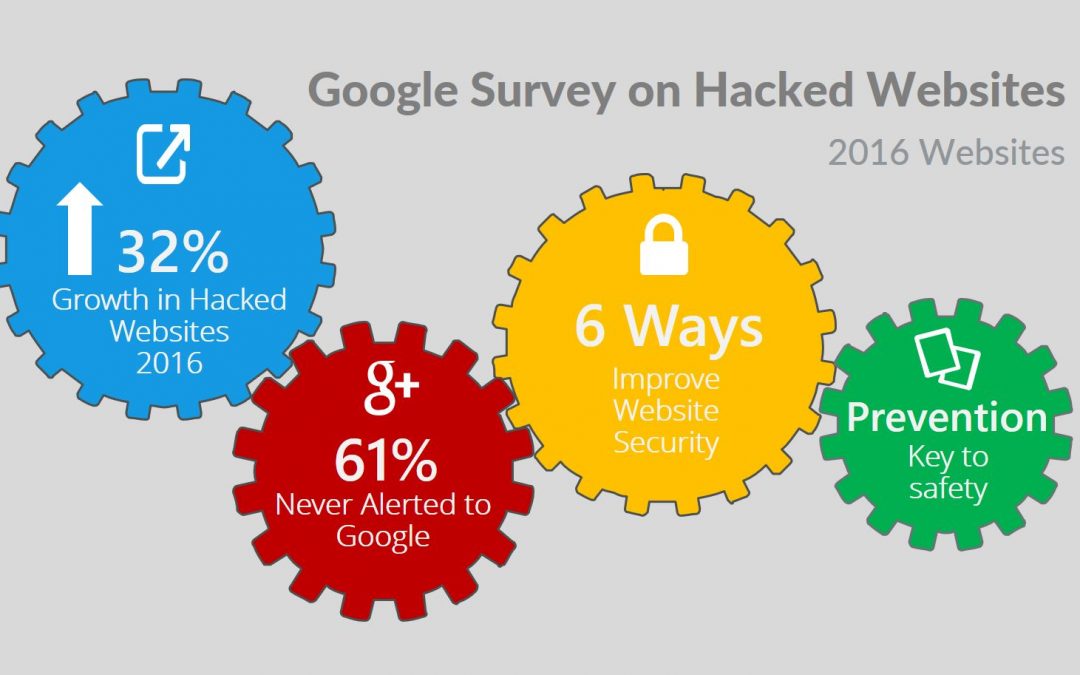
Homeworking In The Contact Centre
Homeworking In The Contact Centre Industry During COVID-19
Challenges of homeworking in the contact centre industry and why balance will be key in future flexibility
COVID-19 has even more businesses talking about and having to engage with homeworking. Some advocate that they are ‘business as usual’ whereas others are having to deal with the very real challenge of isolation and no face-to-face contact with their teams, customers and suppliers. This article looks past the current lockdown period at the questions faced by the contact centre industry around homeworking.
The root question has not been if home working is possible and effective, but why should it be utilised? The many talented and dedicated contact centre professionals will adapt to the COVID-19 pandemic, finding ways to provide great customer experiences despite unfamiliar working environments and under increased pressure; but what will they do after the lockdown passes and offices and contact centres are reopened?
According to research from the Office of National Statistics published prior to the COVID-19 pandemic, 50% of UK employees were already set to work remotely in 2020. Remote working is a subject bound to divide opinion across small to large organisations in every sector. With governments across the world asking or even enforcing, that people work from home during the current COVID-19 pandemic, debates about this practice are becoming more important.
For organisations across many industries, a work-from-home policy may seem easily deployed – workers can simply take their laptops to any location, connect to a WiFi network, and get going. However, for others, the concept of remote working instigates a multitude of worries. Take the contact centre industry. The current situation around COVID-19 means many contact centre operators have been faced with a difficult reality, and many are being pushed to make a decision. Is it better or worse for agent productivity and happiness? Does it increase customer engagement and satisfaction? Will it drive revenue or is it a drain on resources? Can employees be trusted to do a good job while working unsupervised? Will it isolate agents if they are receiving negative or abusive calls when remote from their colleagues?
Balance is key
These concerns are perfectly understandable – the contact centre has always been a very physical workplace, with call agents hooked up to a legacy phone system, answering calls on multiple lines, in-sight of employers. The key to making homeworking successful in practice for any business – particularly those operating a contact centre – is to identify exactly what is trying to be achieved with it, and how it meets with what is best for the business overall. Right now, permitting homeworking may simply be a case of survival as a business. In future, businesses must answer the purpose of homeworking. As an example, it could offer flexibility to employees and be used as an aid to work-life balance. This would not only deliver something for the reward strategy of a contact centre, but increased satisfaction and happiness at work may also lead to improved performance.
However, this must be coupled with businesses considering the potential challenges. One of the key concerns we hear around working from home in the contact centre is trust; can agents work as effectively, and at the same level of quality, without direct supervision? Many employers worry that if they cannot physically see their employees working, they aren’t working at all. Furthermore, the inability to see employees may leave employers anxious for their safety. What if an agent working from home receives a threatening or distressing message? Without a network of support from colleagues and supervisors, it could be difficult for agents to deal with complaints and negative situations. Businesses considering homeworking must have a plan to address these very real concerns.
The silver lining of cloud
One way to enable contact centres to provide the flexibility of homeworking for call agents, while keeping operations running smoothly, is embracing the latest technology available to the sector. A cloud-based contact-centre-as-a-service (CCaaS) platform gives contact centres this flexibility: it can be deployed in days and is ready-to-use wherever the agents and IT team are. Due to its browser-based nature, all an agent or supervisor needs to carry on is an internet-enabled device, such as a laptop, and a headset.
A vital component for this setup to work is continuous communication and monitoring between call agent and supervisor. Screen recording, for example, enables both supervisors to keep an eye on their agents in real-time, and agents to feel supported in their work while away from their desk. It can provide exactly the same insights to supervisors as when agents are in the contact centre itself. This ensures that supervisors know that the same excellent standards of customer experience are being delivered, even when they are not in the same location as agents. It also frees homeworking agents from the suspicion that they are not working as effectively at home as they are in the contact centre, which can be an undermining experience. The chance to demonstrate their own skill and efficiency accurately can be great for happiness and ‘engagement’. These concepts have been well linked to reducing leaver rates. Granting supervisors the ability to see agents working also enables them to provide real-time support to their team. For example, if an agent has had a disgruntled customer on the phone, supervisors may be able to step in and offer support and consolation when needed.
Technology for the modern-day workforce
Since cloud contact centres are browser-based and agents can access the system wherever they are, whenever they want, the ability to homework gives employees more flexibility and control over their working hours. This can make it easier to fit their career around busy schedules in a way that benefits both themselves and the organisation. Their working schedule can fit in more easily around family and home life as they have the opportunity to log in while the children are at school, for example. Introducing intelligent automation and smart scheduling makes flexibility profitable by ensuring that resources are optimised. Artificially intelligent Workforce Optimisation (WFO) systems run automatic checks to ensure that schedules are always kept at peak efficiency, whilst also giving agents maximum control over the hours they want to work.
Cloud-based CCaaS can also alleviate any concerns over the additional costs of training needed for agents to work at home. Quality Assurance capabilities mean that agents and employers alike can benefit from increased flexibility without losing any of the quality of work or impacting the customer experience. Analysing recordings of key interactions between call agents and customers allows trainers to identify best practice and gaps in knowledge.
It is clear that homeworking has great benefits, while also posing the potential for significant drawbacks. Flexibility and agility are key in achieving the right balance to make working from home a viable option in the contact centre. A true cloud solution is one sure-fire means of ensuring that the location of the agent does not matter and can develop alongside, and meet with a business’ and individuals’ growing demands.
The effects of COVID-19 on businesses, and society as a whole, are expected to change working practices across industries, including contact centres. Many will continue a homeworking policy even after everything has returned to normal. They would do well to have a clear strategy, harnessing the benefits of homeworking and ensuring the correct tools are in place for their agents to thrive in a new world. Although, overall, homeworking is not without its challenges, if implemented at the right pace and with the right technology, it has the power to unlock fantastic benefits for contact centres.
Written by Andi Janes, Chief People Officer at Content Guru









Recent Comments